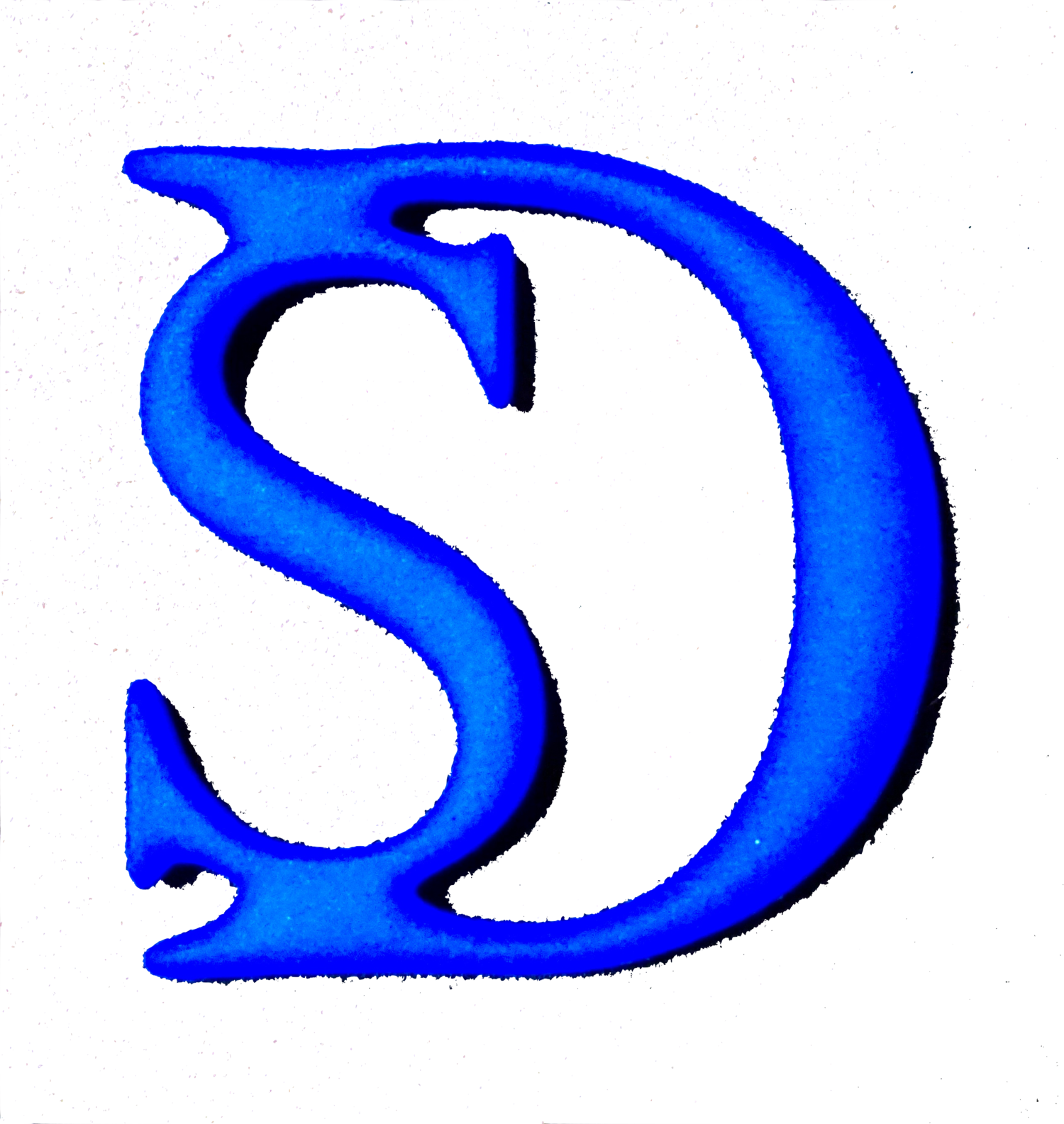Abstract
In this commentary I will discuss the technical implementation of sound spatialisation in EDM (electronic dance music) performance practice and outline my compositional approaches involving these techniques. The use of space as a musical parameter in EDM is becoming more common as the accessibility of the technology increases. The technical means of performance and the sonic material combine to create a unique musical aesthetic and listening experience in EDM culture. An historical overview of compositions using spatial considerations as a main musical parameter will situate my work within this artistic practice. Different implementations and propositions of sound spatialisation, as well as the principal locations dedicated to this form of activity will be discussed to contextualise my work.
A fundamental part of my research concerns the use of spatialisation tools and techniques to enhance EDM through an immersive sound experience. Concepts and notions of musical ‘flow’ and live improvisation have shaped this research and the compositional and performance aesthetics that have come to underpin my creative practice. Furthermore, the idea of immersivity and the sublime have informed my compositional thinking, and this will be assessed in relation to my objective to create an enhanced listening experience in my live performances. A discussion of the blurred roles of composer/producer/performer will demonstrate how I consider my live performance practice to redefine what a composer of EDM can be. Thus, I consider this research to propose a viable model for modern EDM composers.
Copyright Statement
The following notes on copyright and the ownership of intellectual property rights must be included as written below:
i. The author of this thesis (including any appendices and/ or schedules to this thesis) owns any copyright in it (the “Copyright”) and s/he has given The University of Huddersfield the right to use such Copyright for any administrative, promotional, educational and/or teaching purposes.
ii. Copies of this thesis, either in full or in extracts, may be made only in accordance with the regulations of the University Library. Details of these regulations may be obtained from the Librarian. Details of these regulations may be obtained from the Librarian. This page must form part of any such copies made.
iii. The ownership of any patents, designs, trademarks and any and all other intellectual property rights except for the Copyright (the “Intellectual Property Rights”) and any reproductions of copyright works, for example graphs and tables (“Reproductions”), which may be described in this thesis, may not be owned by the author and may be owned by third parties. Such Intellectual Property Rights and Reproductions cannot and must not be made available for use without permission of the owner(s) of the relevant Intellectual Property Rights and/or Reproductions.
